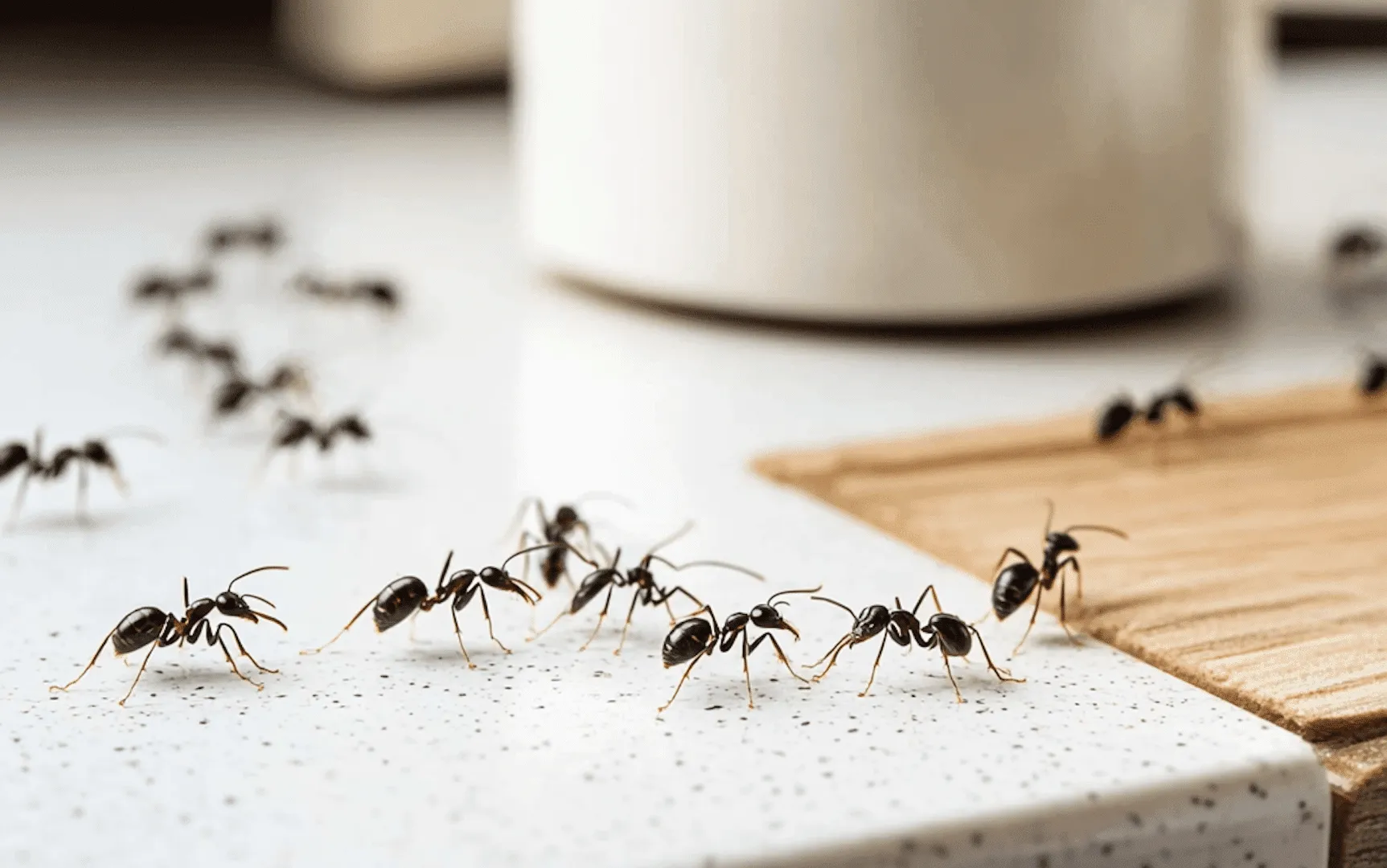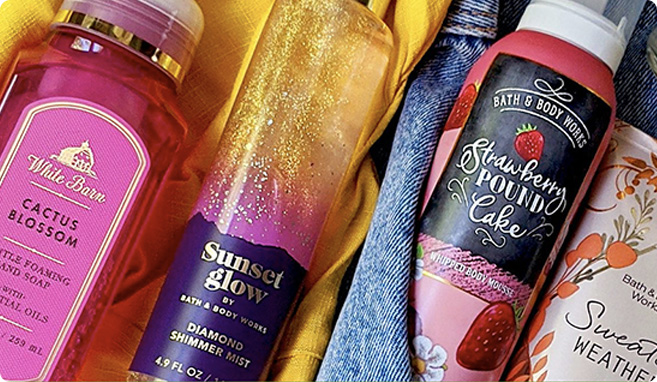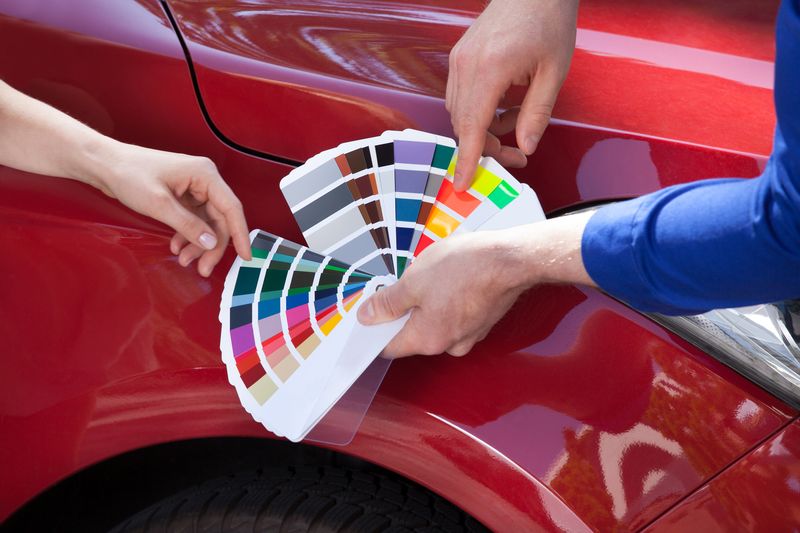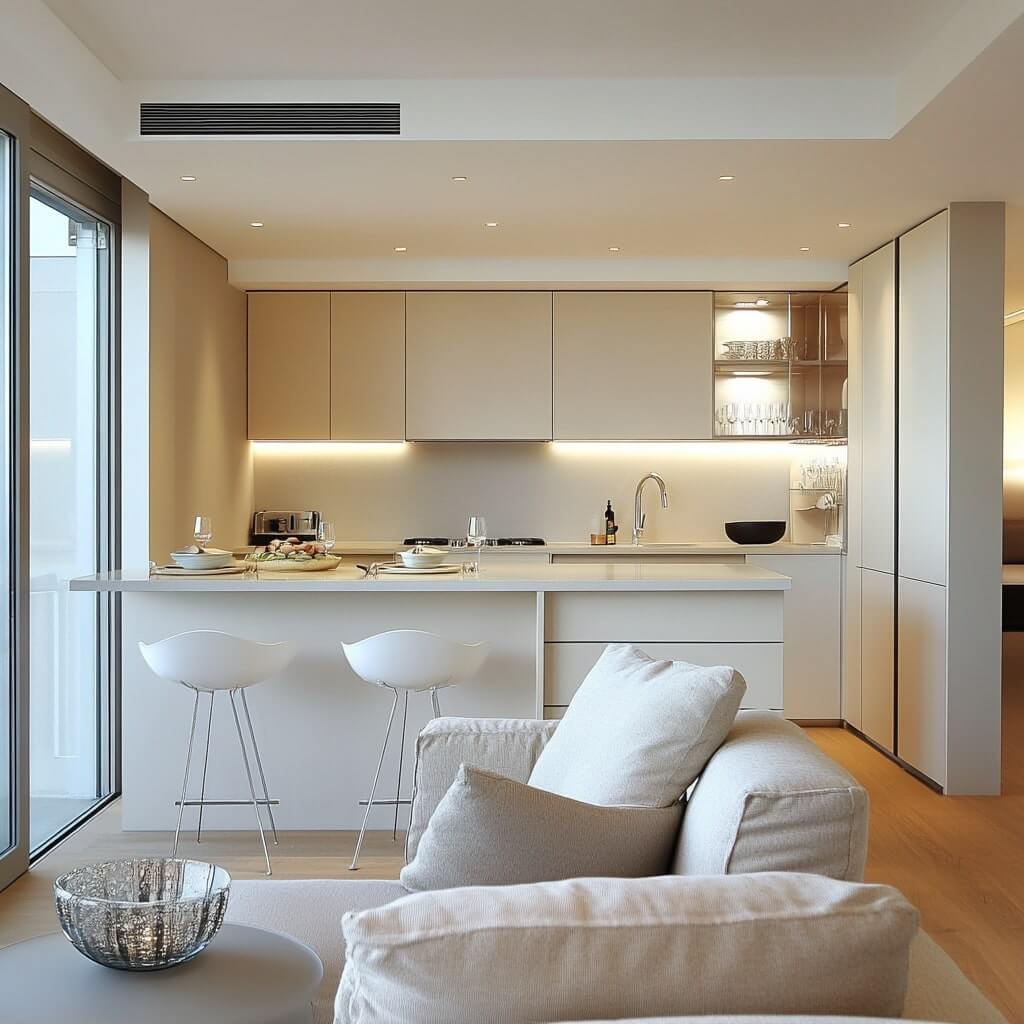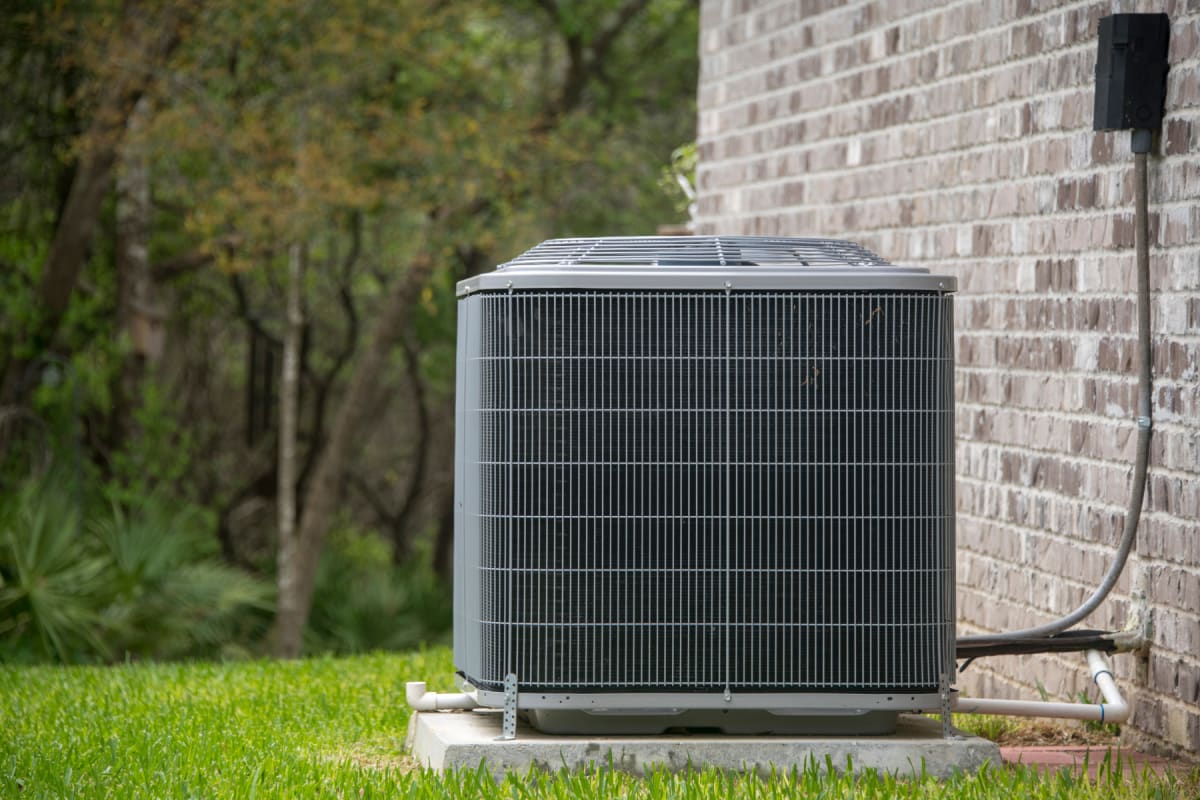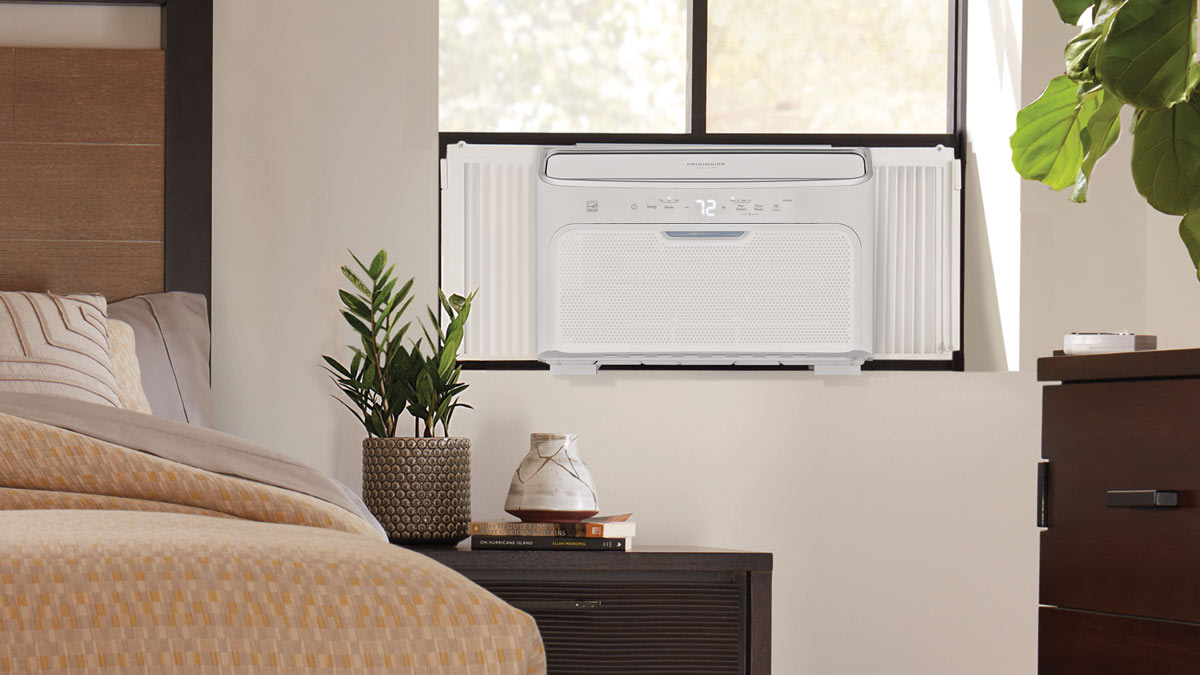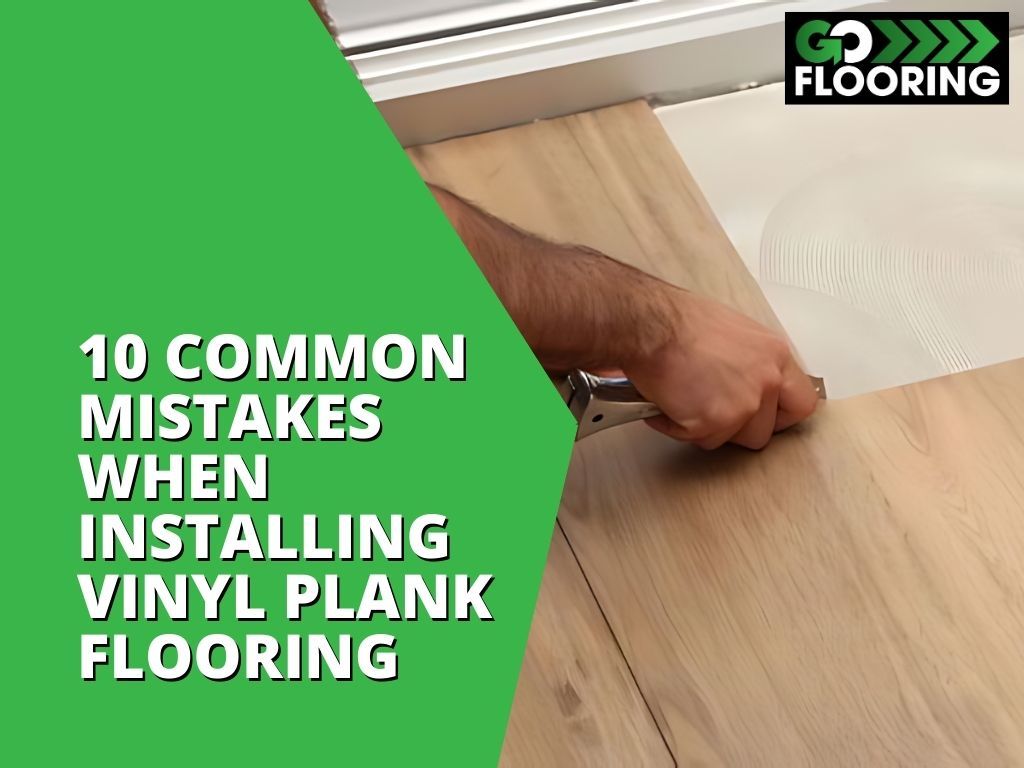Food prep areas need safe floors. If you wonder why all flooring in food prep areas must be1 durable and clean, you are right to ask. Health codes say floors must stop germs and slips. This guide explains rules, materials, and tips. We use simple words and examples. You will know how to pick floors for kitchens or restaurants. With stats and advice, you can stay safe and pass checks.
Why Flooring Matters in Food Prep Areas
Floors in food spots see spills and footsteps. They must be strong to last. Bad floors cause slips or germ growth. In 2025, 30% of kitchen accidents are slips, says the National Restaurant Association. Good floors cut this risk.
Food prep area flooring standards come from health groups. They keep food safe. Floors must handle cleanups and heavy use. Think of a busy restaurant. The floor gets wet from the inks. It needs to dry fast.
Kitchen floor safety guidelines focus on no slips. Textured floors help. But they must be cleaned easily, too.
All flooring in food prep areas must be
All flooring in food prep areas must be2 durable, smooth, and nonporous. This stops germs and makes cleaning simple. The FDA and local codes set these rules.
- Durable: Stands up to wear. No cracks from carts or drops.
- Nonabsorbent: Does not soak up water or grease. Stop mold.
- Smooth: No grooves for dirt. But not too slick.
Commercial kitchen floor regulations say floors must seal to walls. This stops bugs and leaks. In the US, most states follow the FDA Food Code. It says floors must be cleaned and last long.

Health code flooring requirements vary by place. California wants slip-resistant floors. Texas checks for no standing water.
Example: A bakery floor cracked. Inspectors shut it down. Cost $5,000 to fix. Good floors avoid this.
Food-Safe Flooring Materials
Food-safe flooring materials meet these rules. Here are the top picks:
- Epoxy Flooring: Smooth and strong. Is epoxy flooring good for commercial food prep areas? Yes, it seals well. Costs $5-$10 per sq ft. Lasts 10-20 years.
- Vinyl Sheet: Nonporous and cheap. $3-$7 per sq ft. Easy to clean. Good for small kitchens.
- Quarry Tile: Hard and slip-resistant. $8-$15 per sq ft. Used in big restaurants. Needs grout seal.
- Rubber Flooring: Cushions feet. $4-$8 per sq ft. Stops slipping in wet spots.
- Concrete with Seal: Basic but durable. $2-$5 per sq ft. Add an epoxy coat for non-absorbent.
Nonporous flooring for food prep, like epoxy, stops bacteria. Vinyl is good for budgets.
Seamless commercial floor design with epoxy has no joints. This meets HACCP-compliant flooring.
Flooring options that comply with food safety regulations: Pick based on use. Busy spot? Tile. Office kitchen? Vinyl.
Stats: 60% of commercial kitchens use tile or epoxy, per Foodservice Equipment Reports.
How to Choose Durable Flooring for Food Preparation Zones
How to choose durable flooring for food preparation zones starts with needs.
- Check traffic: High use needs tile.
- Look at the budget: Vinyl for low cost.
- Think clean: Nonabsorbent for fast wipe.
Durable floor materials for kitchens, like quarry tile, can handle heat and spills.
Slip-resistant kitchen floors have grit. Test with water to see the grip.
Water-resistant kitchen floors for sinks. Epoxy works best.
Example: A cafe chose vinyl. It saved $2,000. Easy clean kept scores high.
Installation Guidelines for Commercial Kitchen Flooring
Commercial kitchen hygiene flooring needs the right installation.
Steps:
- Prep base: Clean concrete. Fix cracks.
- Add seal: Waterproof layer.
- Lay material: Use pros for even surfaces.
- Seal edges: Cove base to walls.
- Test: Check for slips and leaks.
Easy-to-clean commercial flooring like sheet vinyl installs fast. 1 day for 500 sq ft.
Sanitation and hygiene flooring requires no gaps. Pros cost $2-$5 per sq ft.
Requirements for restaurant kitchen floors under FDA or local code: Slope to drains 1/4 inch per foot.
Common error: Skip seal. Leads to mold, fines $500+.
Maintenance for Food Prep Flooring
Restaurant floor maintenance keeps it safe.
- Clean daily: Sweep, mop with sanitizer.
- Seal yearly: For tile grout.
- Check weekly: For wear or cracks.
Food service flooring solutions like epoxy need less work. Wipe spills quickly.
Best flooring material for commercial kitchen food prep: Epoxy for low maintenance.
Stats: Good care lasts for 15 years. Saves $10,000 in replacements.
Health Inspection Tips for Food Prep Flooring
How to pass a health inspection for food prep flooring:
- Show nonabsorbent: No water soaks in.
- Prove durable: No chips.
- Check clean: No dirt buildup.
Food prep flooring that meets health department standards: Have records of installation.
Inspectors look for nonabsorbent and smooth surfaces. Fail? Close until fixed.
Example: A diner failed for grooves. The new epoxy passed the next check.
Case Studies and Examples
A NYC restaurant used tile. Cost $8,000 for 600 sq ft. Passed FDA check.
A school kitchen chose rubber. Soft for cooks. $5,000 install. No slips in the year.
These show recommended surfaces for food service and kitchen areas.
Trends in Kitchen Flooring for 2025
Eco floors rise. Bamboo or recycled rubber meet codes.
Smart floors with sensors for spills. Add $2 per sq ft.
Seamless commercial floor design is popular for cleanliness.
Stay updated with local codes.
FAQs
What type of flooring is required in food prep areas?
All flooring in food prep areas must be3 durable, nonporous, and smooth.
Best flooring material for commercial kitchen food prep?
Epoxy or tile for strength and cleanliness.
How to choose durable flooring for food preparation zones?
Look for nonabsorbent and slip-resistant.
Food prep flooring that meets health department standards?
Vinyl or epoxy that seals well.
Why are food prep area floors nonabsorbent and smooth?
Stops germs and is easy to clean.
Flooring options that comply with food safety regulations?
Rubber, tile, vinyl.
Recommended surfaces for food service and kitchen areas?
Seamless epoxy.
How to pass a health inspection for food prep flooring?
Keep clean and durable.
Is epoxy flooring good for commercial food prep areas?
Yes, nonporous and strong.
For restaurant kitchen floors under the FDA or local code?
Durable, smooth, nonabsorbent.
Conclusion
All flooring in food prep areas must be durable, nonporous, and smooth to keep safe. Follow commercial kitchen floor regulations for health.
Use food-safe flooring materials like epoxy or tile. This guide gives steps and tips to choose the right one. Stay compliant and safe.
What flooring will you pick for your food prep area?
References
- Gauthmath. (2025). All Flooring in Food Prep Areas Must Be. Retrieved from https://www.gauthmath.com/solution/1807416426808390/MarK-FOR-REVIEW-Quest-70-All-flooring-in-food-prep-areas-must-be-porous-absorben ↩︎
- Brainly. (2025). All Flooring in Food Prep Areas Must Be ______. Retrieved from https://brainly.com/question/40909173 ↩︎
- Quizlet. (2025). All Flooring in Food Prep Areas Must Be ______. Retrieved from https://quizlet.com/explanations/questions/all-flooring-in-food-prep-areas-must-be-______-a-porous-b-absorbent-c-durable-d-grooved-652af923-7b70328b-3c92-411b-a2fd-f2bd33b49714 ↩︎




:max_bytes(150000):strip_icc()/how-to-get-acrylic-paint-off-clothes-5323500-10-742f78f12b3a4779a83b1f49d3463f60.jpg)
